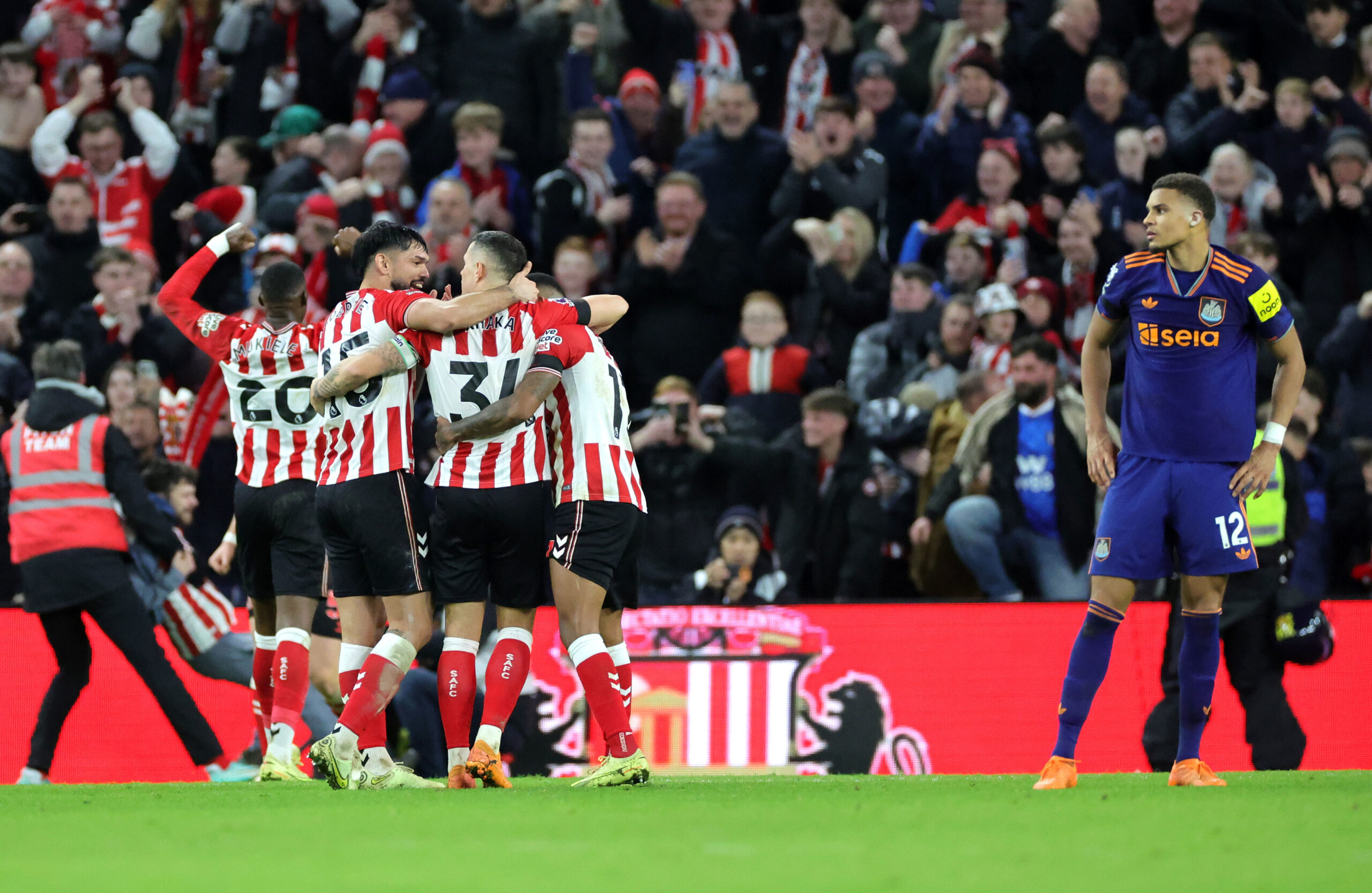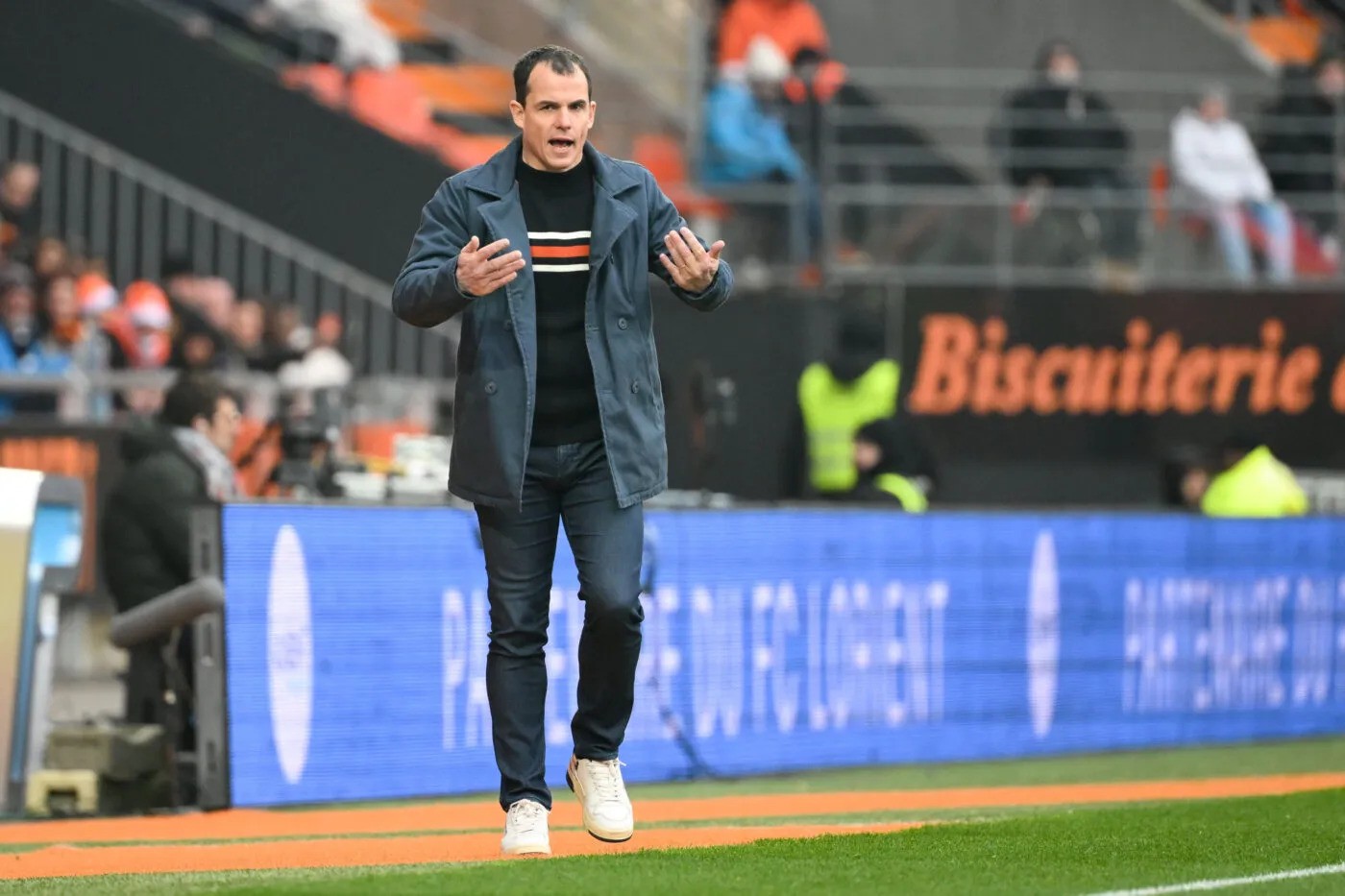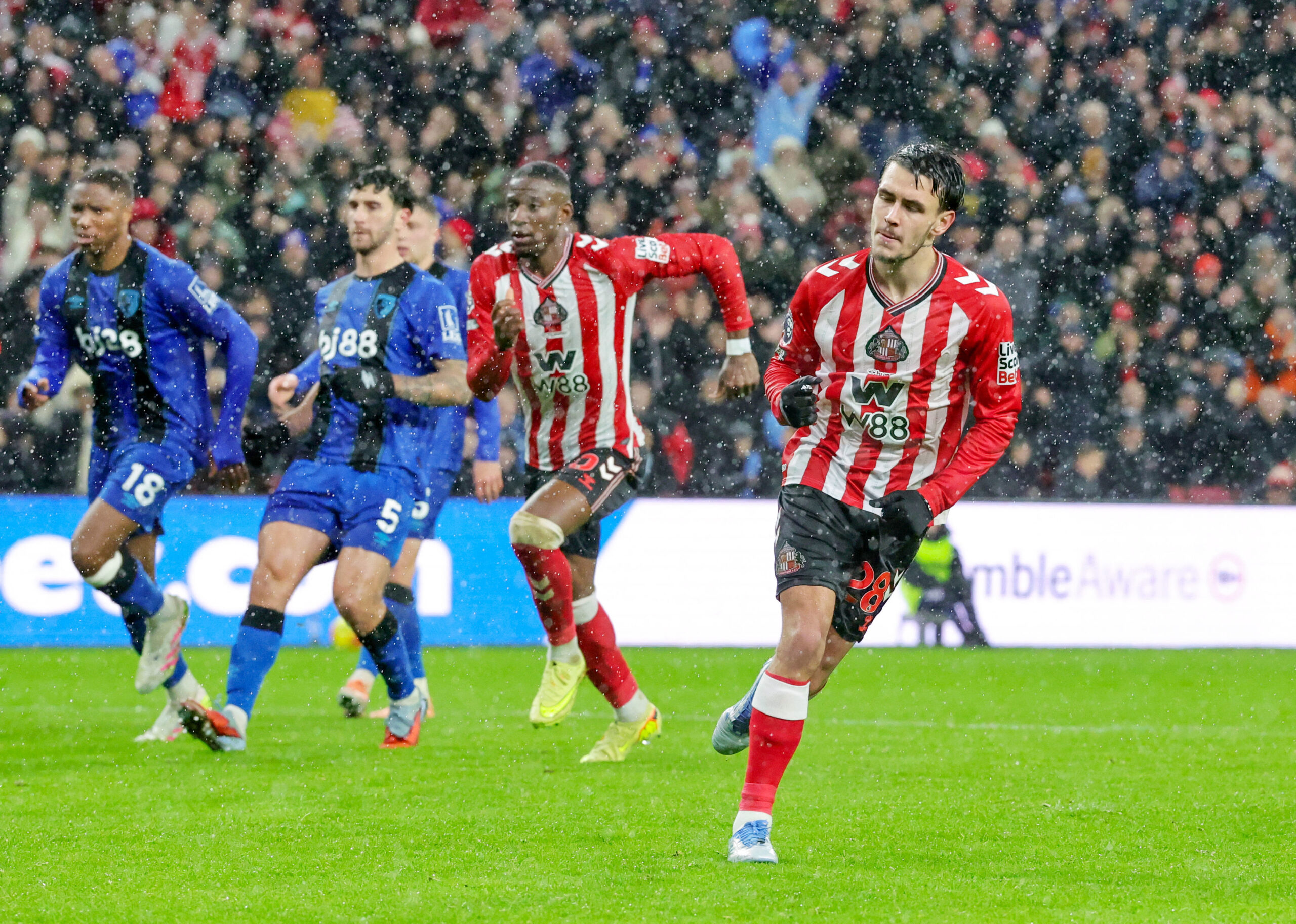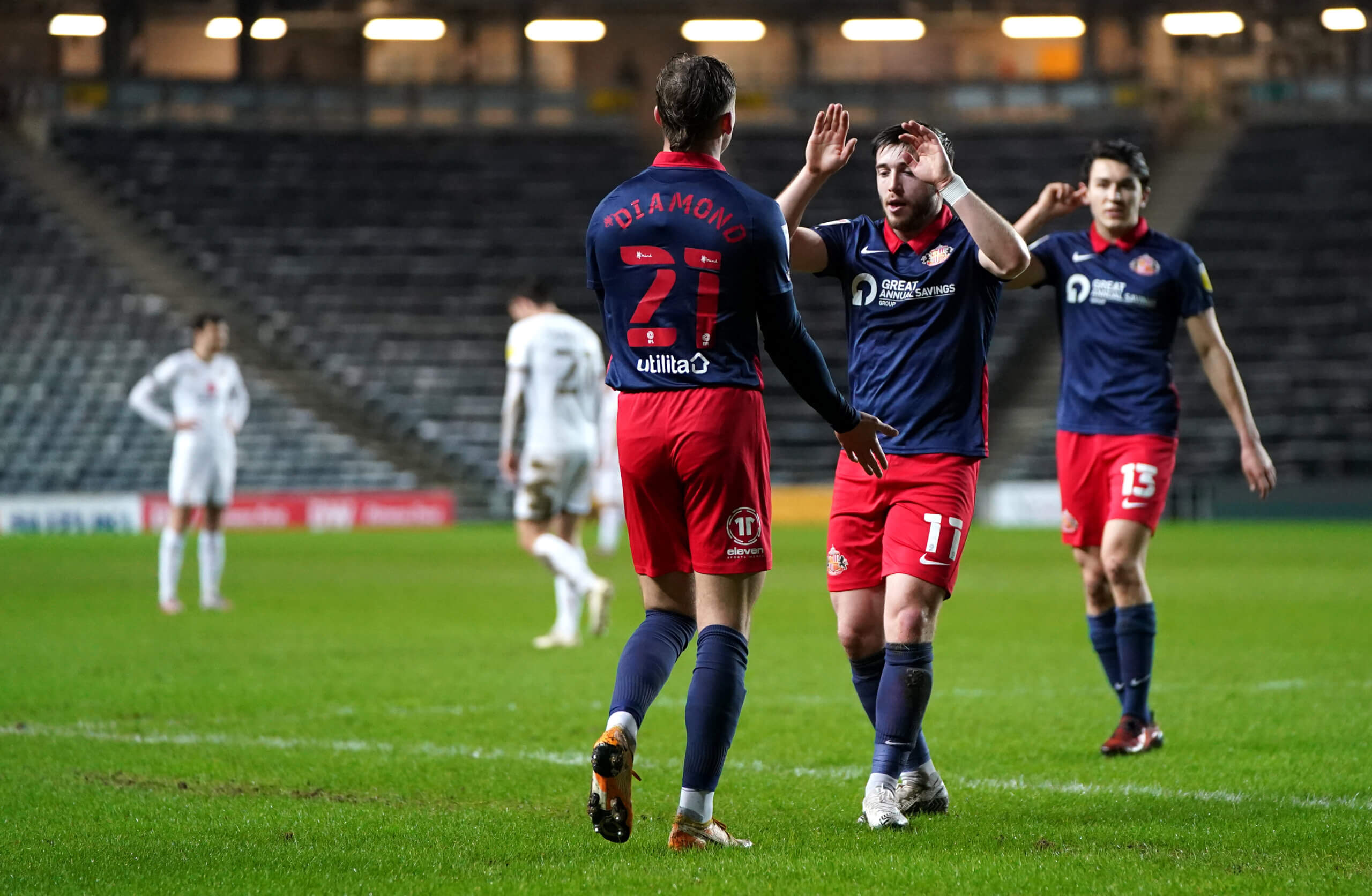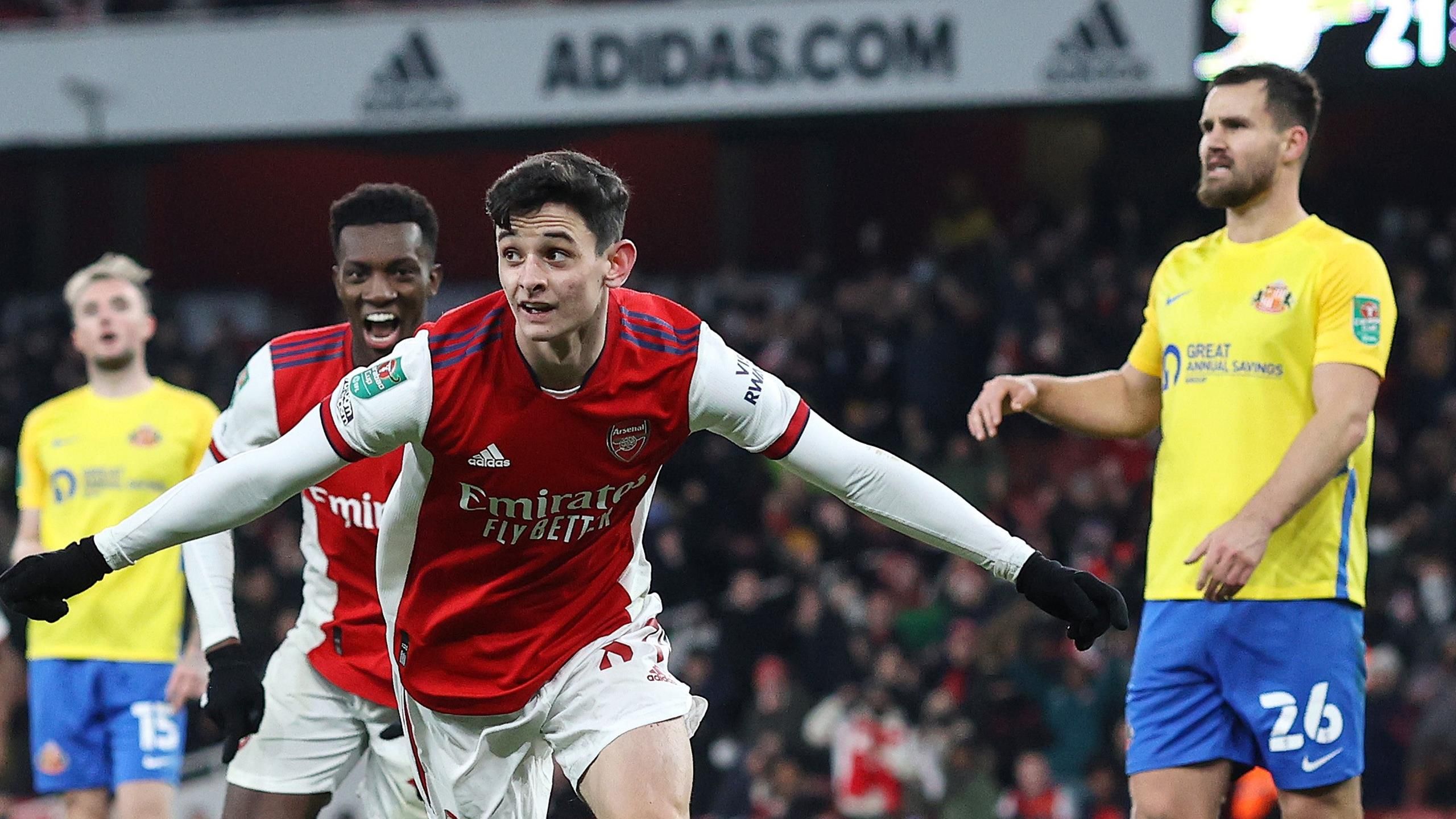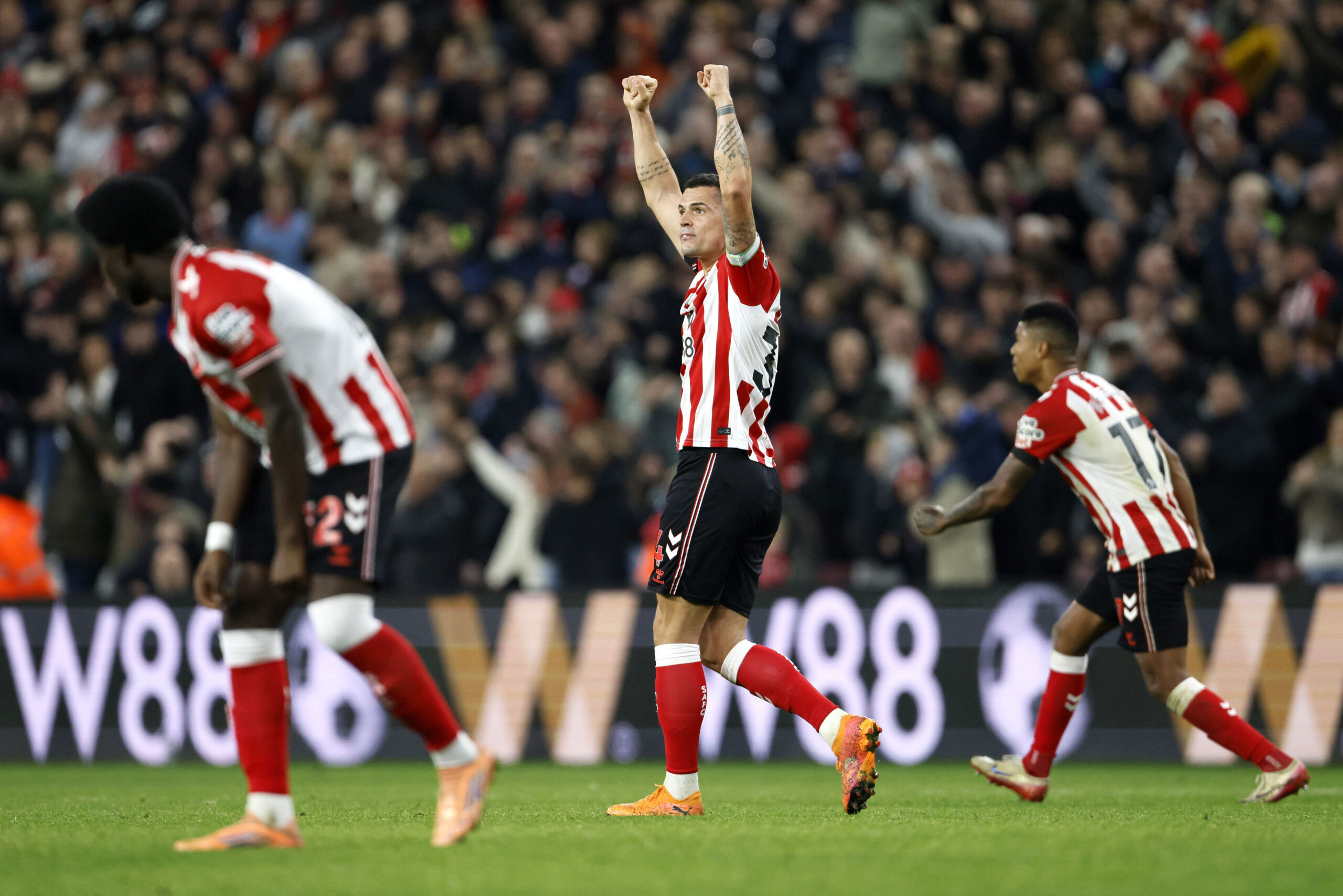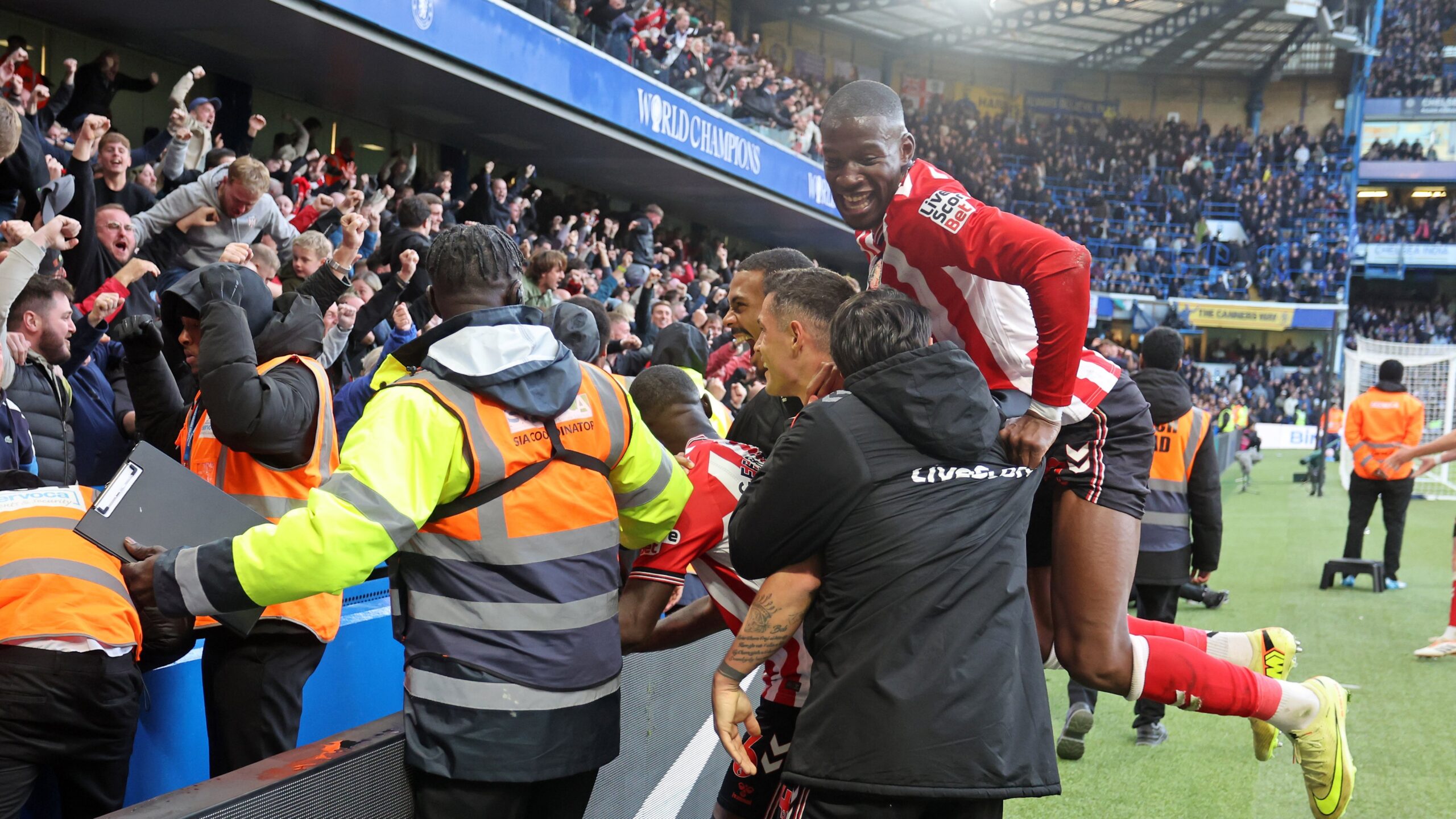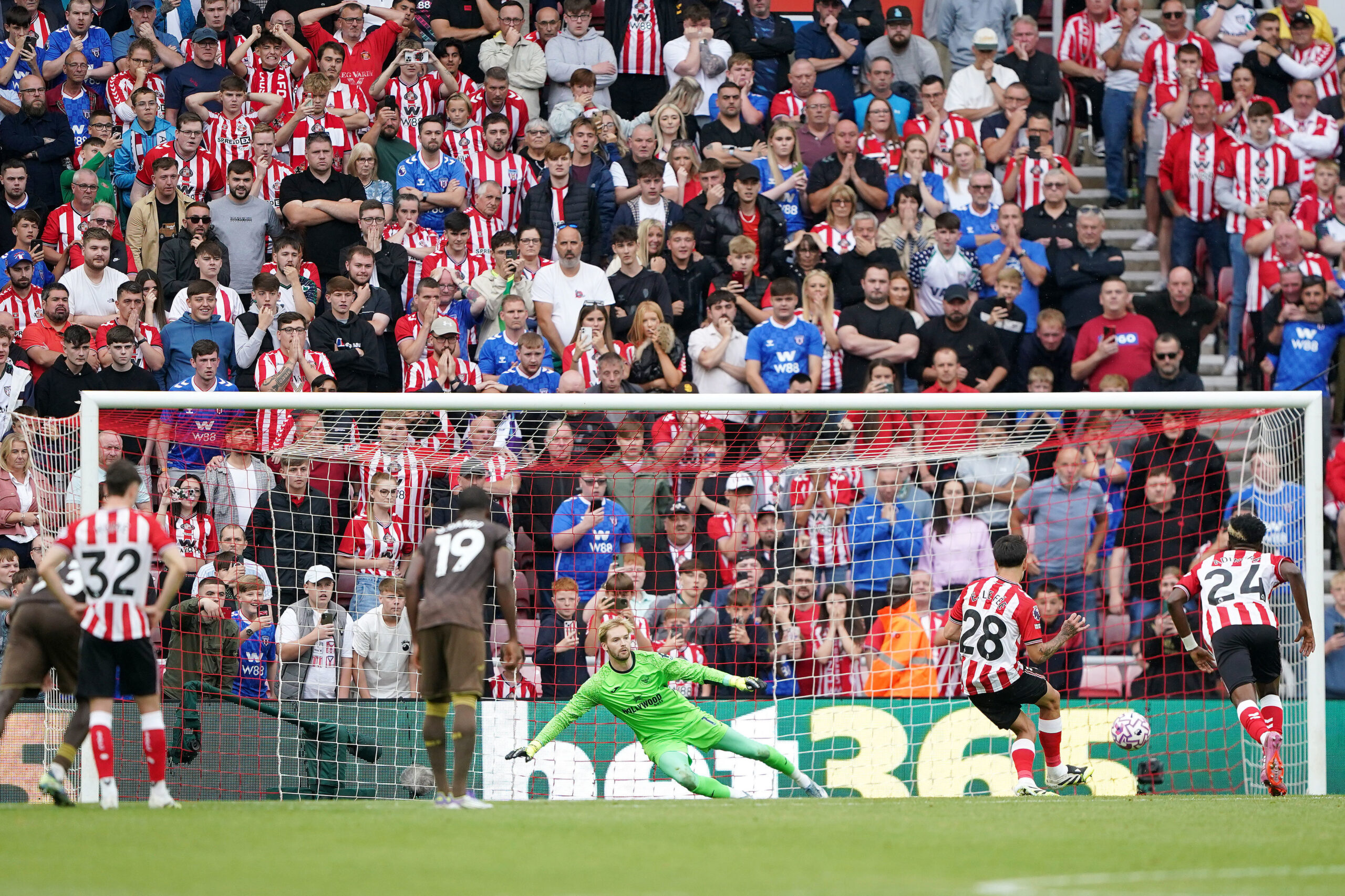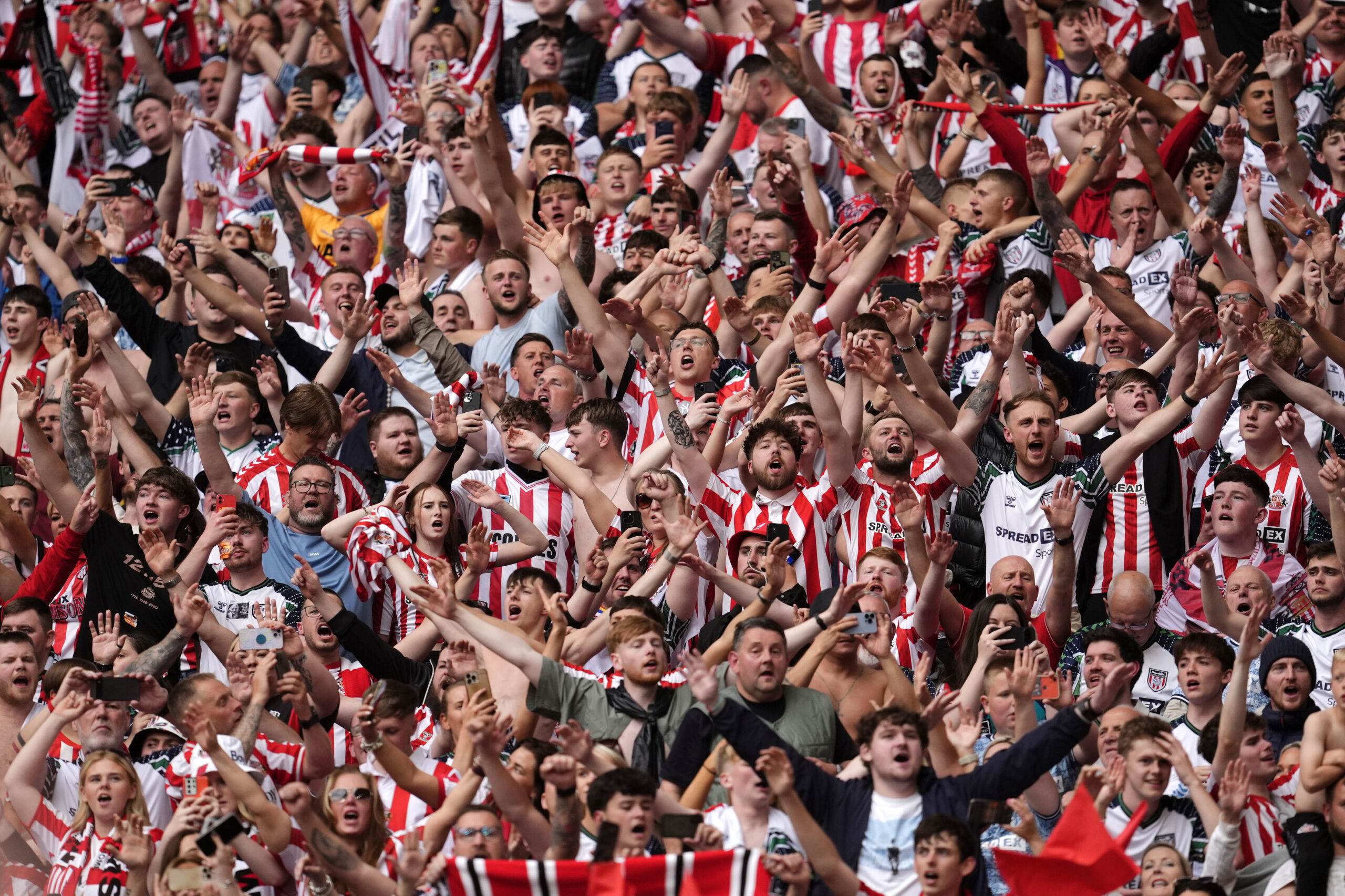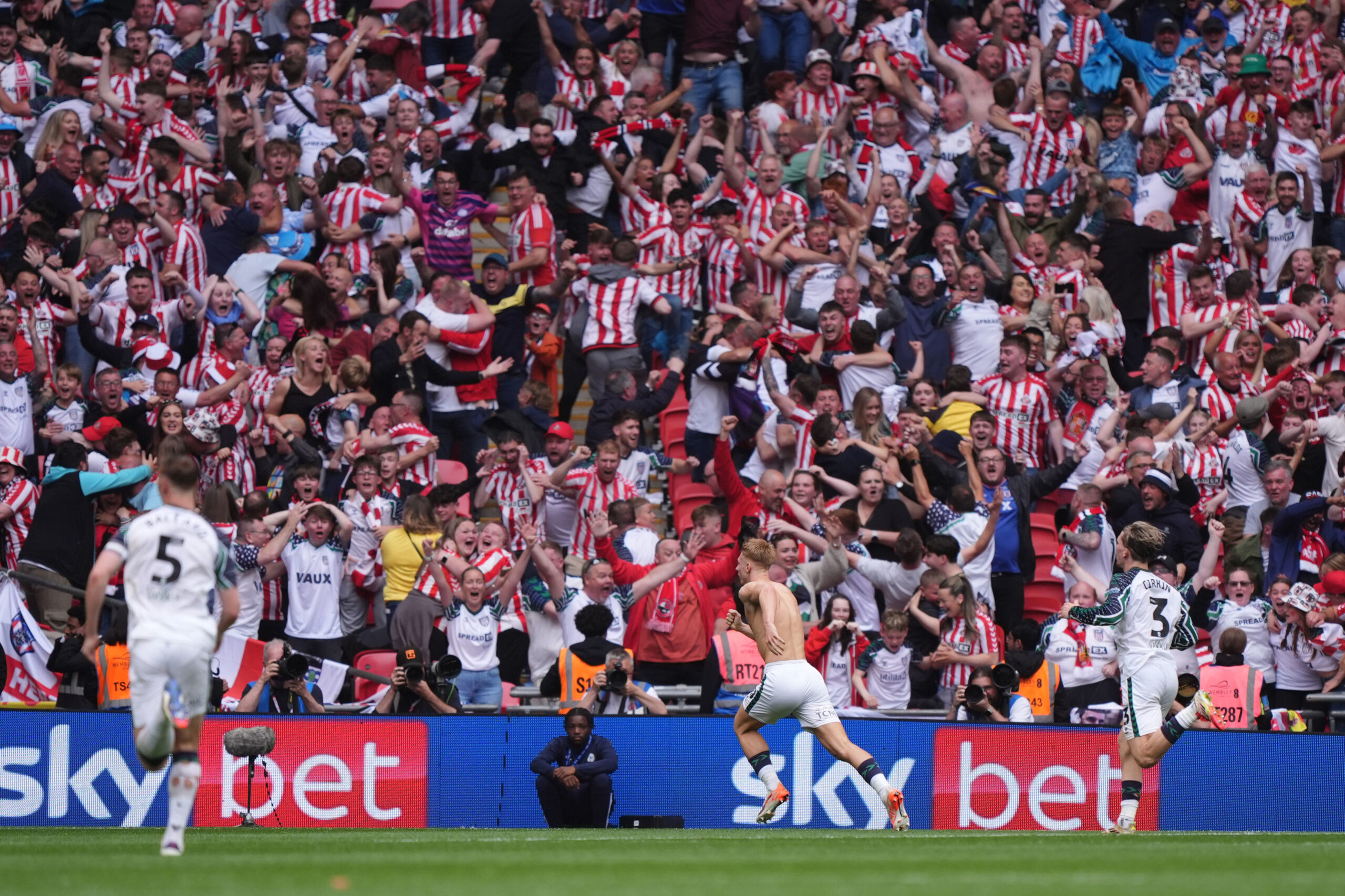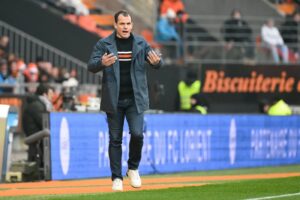The season has very much not gone to plan. Simply put, we need to beat Rotherham on Saturday to ensure the mood doesn’t swing too far away from the positivity we all felt at the end of the last campaign.
So to distract ourselves from the barely-organised chaos that is another transfer window as Sunderland AFC, let’s have wander down memory lane to consider a professional footballing enigma. A man who did (briefly) play for Sunderland as well as a stint at Rotherham United, and, as we’ll see, probably every other club in the country.
GREG HALFORD
The year is 2007, Sunderland have just returned to the Premier League after a barnstorming finish to the previous season saw us come away with the Championship title. Roy Keane needs to strengthen the depth of a talented, if thin squad, and so when our first signing was announced on the 11th June, it was with a chorus of “who in the blue hell is Greg Halford?”s that we signed the giant right-back from Reading. FOR THREE MILLION POUNDS.
Halford’s entire career to that point had been 5 years coming through the ranks of first club, Colchester United, making over 150 appearances for them as they rose from then Second Division the Championship in his final season. His performances were enough to persuade Premier League Reading to part with £2.25m for him in January 2007.
The versatile fullback’s Reading career would amount to three appearances, in which the Royals scored no goals, losing two times in the process. Halford was quickly jettisoned to Sunderland, somehow making a profit for the Berkshire club in the process. But Halford’s fortunes carried right on that same shaky path on Wearside – he made his debut in a 2-2 draw away at Birmingham, followed by a 3-0 drubbing at Wigan and a 2-0 loss at home to Liverpool, starting all three games.
But the first defining moment came in our 3-0 humbling loss away to Luton Town in the cup, way before it was acceptable to be bodied by the Hatters. Halford was sent off with the score already at 2-0.
He made a return to the starting XI following his suspension (in which we drew with Boro and lost at West Ham), before a second red card in four games arrived at home to Fulham. Surely the end of the line for Halford? No, incredibly, he returned to start two further games for us, in a victory over that Derby County side, and a loss to Chelsea (where Liam Miller decided to get sent off, just to shake things up a bit).
That would be it for Halford’s entire Sunderland career; incredibly, he started each of his games for the club, and that win against Derby would be the only one we’d win or keep a clean sheet in. This then started the magical mystery tour that is Greg Halford’s nomadic career. We sent him on loan to Charlton in January 2008.
We sent him out on loan to Sheff Utd for the entire 08/09 season where he narrowly missed out on promotion back to the Premier League in the play-offs, though he did score the goal to get them to Wembley in the semi final. Did the Blades sign him up for another go?
Absolutely not, instead, in a rare bit of excellent business, Sunderland managed to recoup £2m for him when Wolves, seemingly having gone completely insane, signed him on their return to the Premier League. Only 16 indifferent appearances followed and the next season he was loaned out to Portsmouth for the majority of the year.
Handful of goals and the obligatory red card followed, but Pompey signed him permanently in July 2011. Our bell-ringing friends were relegated the following season, and Halford was on the move again, this time to Nottingham Forest; he actually made a decent fist of it, making over 50 appearances for a club for the first time since he left Colchester.
Eventually, Halford left in November 2014, joining then-Championship Brighton on loan for the rest of the season, the Seagulls narrowly avoided relegation, and new manager Chris Hughton opted not to sign Halford, so on he went again.
Enter: Rotherham United. Halford joined the Steve Evans-led Millers in their efforts to secure an unprecedented third consecutive season in the second tier.
Naturally, Evans left in September, was replaced by Neil Redfearn in October, who was in turn sacked in February before Neil Warnock arrived and made the job look relatively easy. Rotherham managed to stay up despite the notable handicap of playing Lee Camp in goal for all but four of their games. Knight Warnock immediately.
Halford’s time in Yorkshire wasn’t overly eventful; though in his first season he’ll have won himself some fans by scoring against the Millers’ local rivals, Huddersfield and Leeds (the latter, incredibly, was a 90th minute penalty), and of course, another red card, this time against Boro.
But the utility man’s second season in Rotherham was cut short when Neil Warnock left for Cardiff City in October…and Halford dutifully followed his manager to Wales in January 2017 for an undisclosed fee.
Cardiff would be Halford’s lost notable spell for any club, as he undertook the final phase of his journeyman career which took him from the Welsh capital to Aberdeen, back down to Southend, over to Ireland with Waterford, back to Essex with Billericay and now, still playing approaching his 39th birthday, he finds himself at Hashtag United (whatever that is).
Greg Halford, a man who was played in literally every position throughout his career, and will remain a top level pub quiz answer in the annals of Sunderland history when we think back to the Roy Keane Premier League era.
Three. Million. Pounds.
| Joined | Left | League Apps | League Goals | |
| Sunderland | 2007 | 2009 | 8 | 0 |
| Rotherham | 2015 | 2017 | 35 | 2 |










